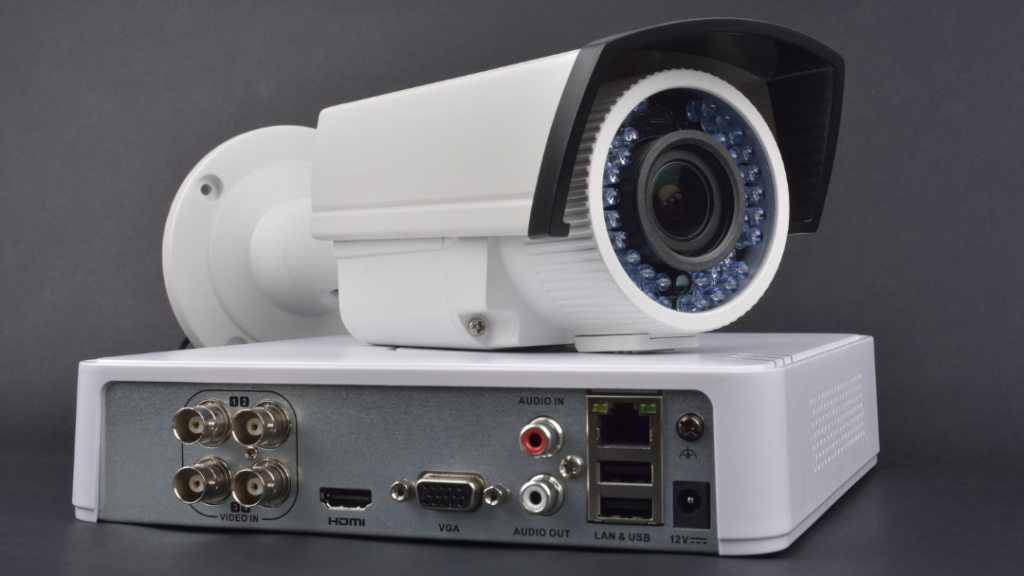After the recent grocery store shooting in Buffalo, retail business owners are more concerned than ever before about active shooters. No one enjoys thinking about the possibility of a shooting in their retail business.
But the reality is that this problem isn’t likely to go away anytime soon. The good news is that there have been advances in active shooter detection technology regarding retail security.
In this guide, we’ll go over both the importance of this technology and the different applications it presents. That way, you can decide for yourself whether it’s worth investing in the safety of employees and customers alike.
The Rise of Shooting in Retail
Next to schools and churches, retail spaces are one of the most common targets of mass shooters. There can be a lot of different reasons for this. It might be a disgruntled employee that wants to get revenge on their employees.
Or it could be a disturbed individual looking for a crowded environment. Regardless of the reason, it’s safe to say that active shooters in retail aren’t going anywhere. The FBI found a 51% increase in active shooters compared to the previous year.
Turning on the news seems to reveal a new one every few days. Sadly, it often falls on the business owner to prepare against this threat. However, as we’ll see, numerous technological advances in security can save lives.
The Latest Advances in Active Shooter Detection Technology for Retail
In the past, active shooter events relied on people to initiate emergency procedures. Technology these days takes that burden by starting everything automatically.
This allows the people to focus on staying out of the shooter’s path. Let’s take a closer look at the specific functions of some recent active shooter detection technology.
Related: Actionable Video Intelligence: How Retailers Are Leveraging It
Gunshot Detection
Guns are loud. So it’s easy to see how gunshot detection technology centers around this factor. Acoustic sensors can pick up the bang of a gunshot within a subsecond of it being fired.
Additionally, infrared flash sensors can detect the muzzle flash from a discharged firearm. This technology can initiate emergency protocols the second the first bullet is fired.
Automatic 911 Responses
Sadly, the police and fire departments often aren’t as quick as the situation demands. One study of metro police revealed that the average emergency response time was fifteen minutes. On top of that, you need to rely on a person to call 911, which can take valuable minutes.
When it comes to an active shooter, minutes often equal human life. That’s why a system automatically contacts the police in the event is so valuable.
When you combine gunshot detection technology with this system, it puts law enforcement on notice immediately. This can end the shooting much more quickly, which can buy victims valuable time.
Full Channel Alert Systems
911 is typically the most critical alert you can put out. However, it’s also essential to communicate to your employees and customers that there’s an active shooter event.
A quick message with instructions on what to do can save lives. A full-channel alert system is an excellent way of achieving this.
Auto-Lockdown
Auto-lockdown can automatically cut off specific paths for the shooter. However, this is only effective if the lockdown is initiated early enough.
Auto-lockdown technology ensures that lockdown procedures begin the second the shooter is identified. And, with the right tech, that can occur before the shooting begins.
Want to learn the best practices for improving a building’s access control system? Explore this in-depth guide to find out all the best practices.
Emergency Lights
Emergency lights are vital during an active shooter event. Emergency lights inform people that they need to leave the building. And exit signs ensure that they know where all of the exits are in the building.
The regulations associated with them are also required by law. New advances in technology mean that emergency lights can function even in the event of a power failure.
Cameras and Facial Recognition
Cameras are highly effective for confirming the fact that there’s a shooter and identifying them later on or before the fact. However, cameras are nothing new. What is new is the facial recognition that goes with them.
There have been tons of different successful instances of facial recognition technology. In active shooter events, they can potentially block access to the shooter or identify them after the shooting.
However, active shooter events aren’t the only way they’re helpful in retail spaces. They can also be used to prevent crimes like theft and assaults.
Related: Smart Building Trends Coming in 2023

How Do You Gain Access to These Features?
You can gain access to these features in a variety of different ways. One method is to hire a security company to do it for you. Alternatively, you can get in touch with a company like C&C Technology.
Amongst many things, we specialize in designing and planning smart buildings. Smart buildings contain intuitive technology that can include many of the active shooter detection techs mentioned in this article.
Or, we can simply help you find the right equipment and companies to upgrade your current retail business space.
Want to learn more about smart buildings? Contact C&C Technology today, and we’ll help you design the perfect space.
Related: C&C Technology Showroom
The Importance of Active Shooter Detection Technology for Retail
When it comes to active shooters, it’s almost always better to be prepared than caught off-guard. It’s true that installing active shooter detection technology represents an investment. But it’s important to remember that the investment is in preserving human life.
When you factor this into the equation, it’s easy to see why this technology is so important for retail spaces.
Last Updated on January 27, 2023 by Josh Mahan




